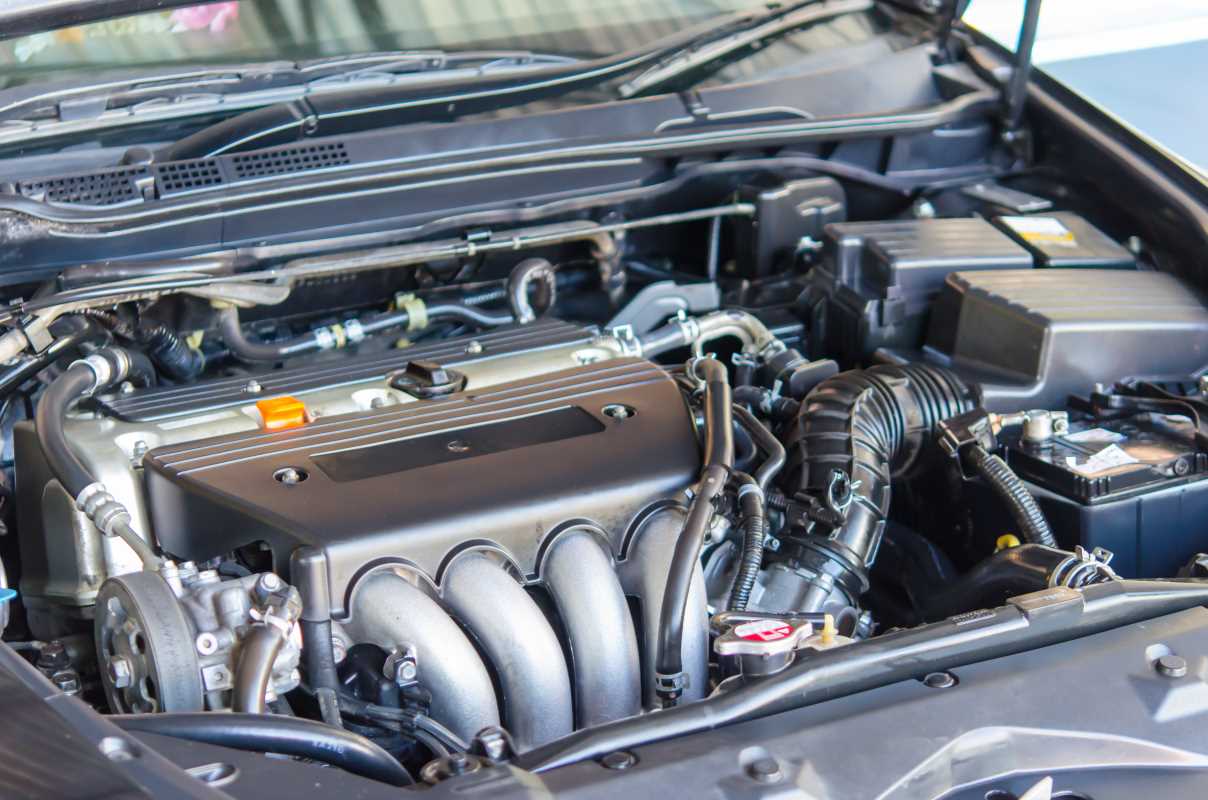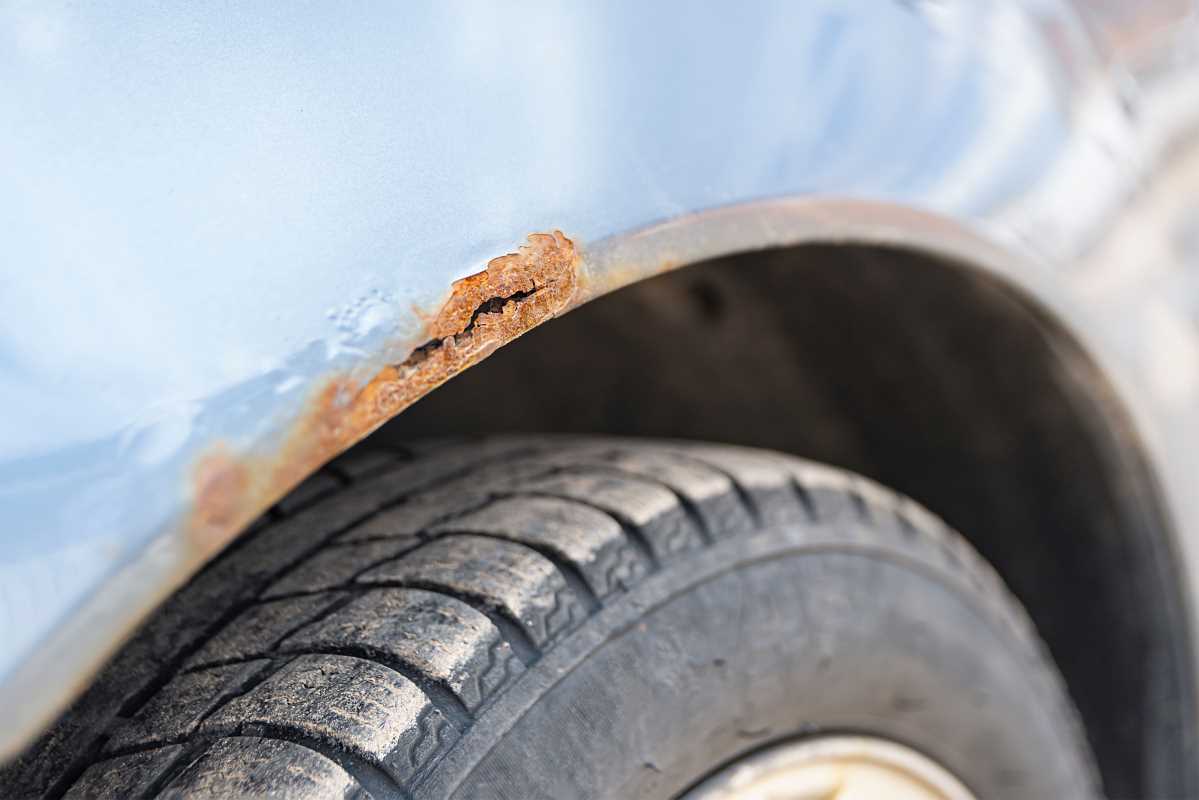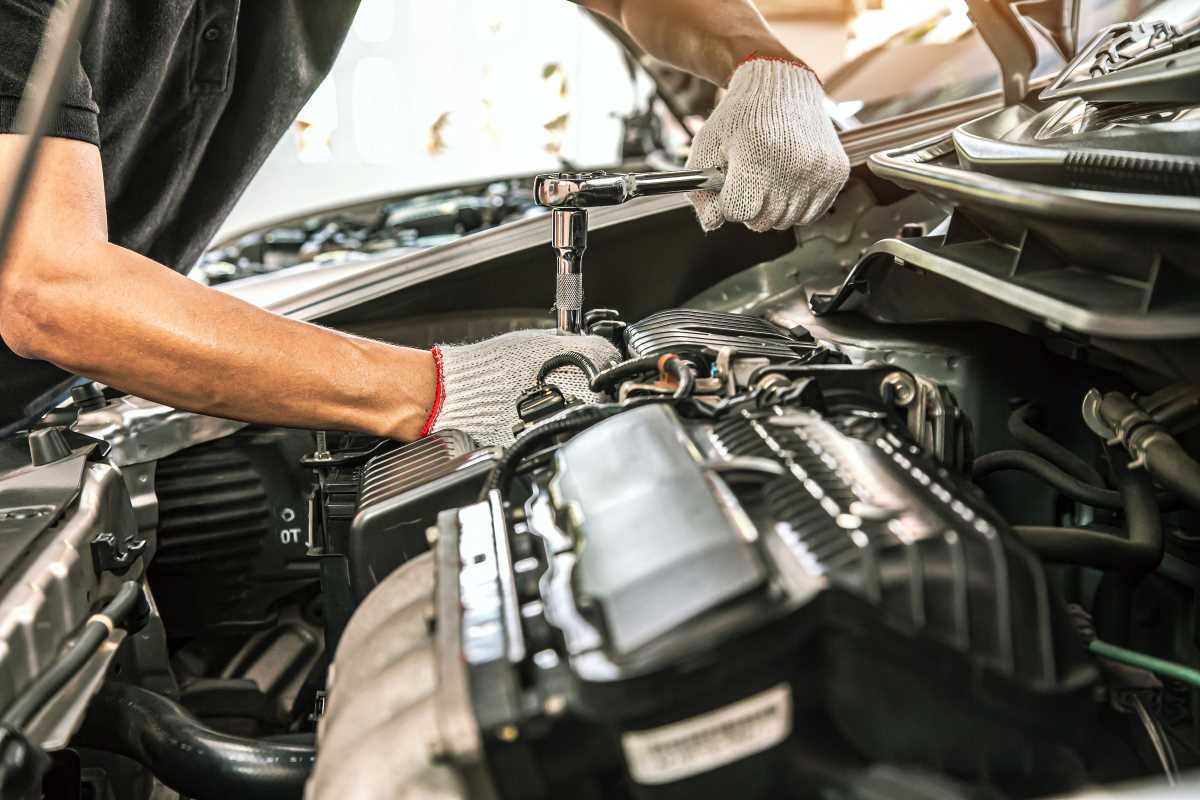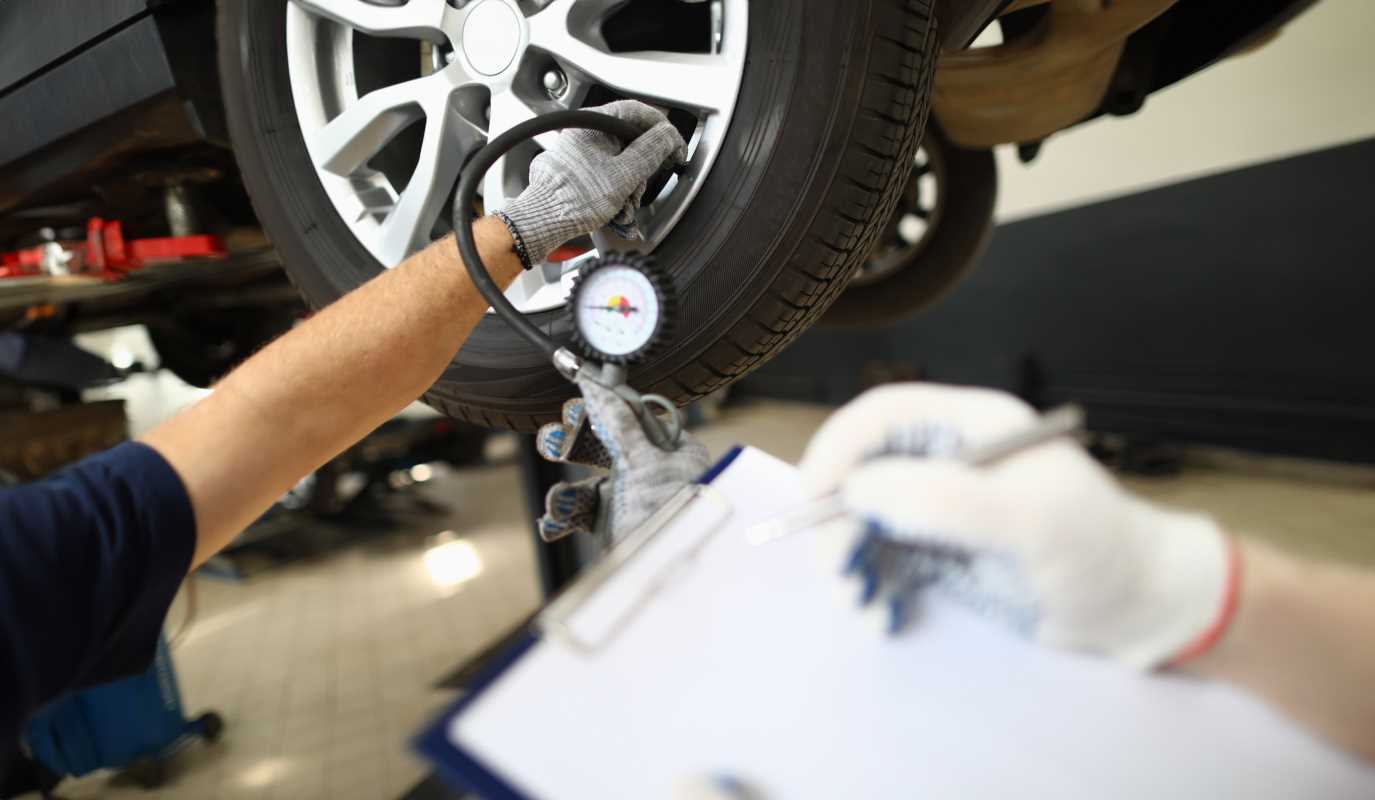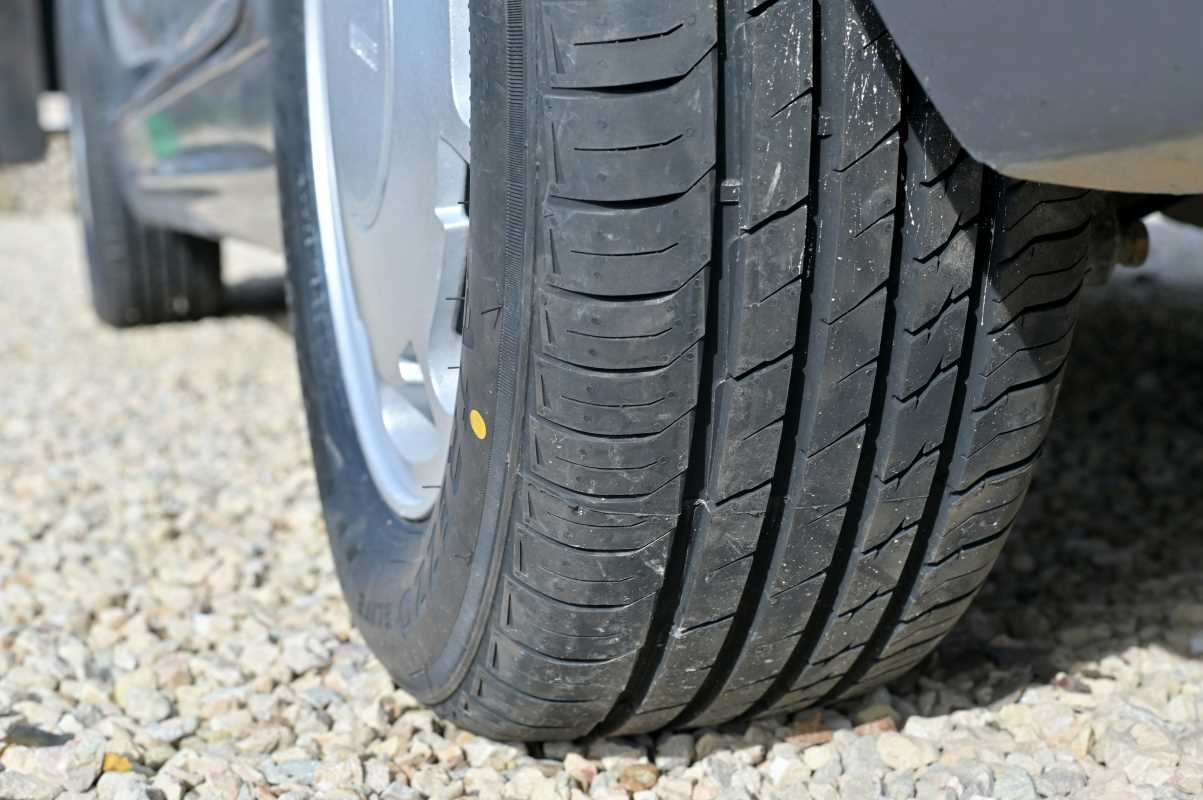Corrosion is a common but often overlooked problem that can lead to serious damage if ignored. It gradually weakens a vehicle’s frame and body panels, affecting performance and reducing resale value. This issue is especially severe in wet climates or areas where road salt is used during winter. Rust prevention is entirely achievable, though, with the right approach. Taking practical steps can protect your car and keep it in top condition. We will cover the best prevention methods, key areas to watch for early rust signs, and the most effective products to maintain your vehicle. With regular care, you can safeguard your investment and ensure your car stays reliable and looking great for years to come.
How Corrosion Gets Started
Rust begins through a simple process known as oxidation, where moisture and oxygen interact with bare steel. Vehicles are assembled with layers of protection (primer, paint, and clear coat), all meant to fence out the elements. Over time, these protective layers can get damaged. A stray rock or careless parking lot bump can chip the surface, revealing bare metal beneath. Even a small spot is enough for water and air to begin causing trouble. Winter salt is especially notorious for speeding up this reaction, often concentrating the damage in areas you might not notice for months.
Areas Most at Risk for Rust
Not all parts of your car face the same risk. Certain spots are prime places for corrosion to get a foothold because they tend to hold water, dirt, or road debris. Learning to spot these danger zones is the first line of defense.
Beneath the Vehicle
Exposed metal on the car’s underside is subject to harsh treatment. All sorts of road muck, including salt and mud, is sprayed up while driving. Out of sight, corrosion can eat into frame rails or suspension parts, weakening the car before you even realize it's happening.
Inside the Wheel Arches
Wheel wells are regularly pelted by debris and trapped moisture. Over time, leaves, sand, or grime can block drainage and trap humidity against the bodywork. Rust takes hold quickly here, especially in wet regions.
Rocker Panels and Door Bottoms
Lower sections, like rocker panels and the undersides of doors, are constantly exposed to water running off the car. Blocked drains or even daily splashes from puddles can create pockets of long-term dampness, resulting in bubbling paint and weakened seams.
Edges of Hoods and Trunks
Panel seams and the undersides of hoods and trunk lids are common trouble spots. Aging seals and hidden water leaks let moisture in, and since these areas are rarely dried out, corrosion can progress unnoticed until significant damage occurs.
Spots in the Paint
Rock chips, deep scratches, and damage left unaddressed let water reach the car’s metal skin. Even a small blemish left exposed can rapidly grow. Catching these imperfections early means everything.
Prevention That Works: Essential Habits for Staying Rust-Free
Winning the fight against rust is a matter of regular attention and a few simple but effective habits. The best defense is a multi-pronged approach that starts with care and ends with smart products.
1. Wash Consistently
Frequent washing clears away salt, filth, and other corrosive particles that stick to your exterior and underbody. In harsh weather, clean your vehicle every week or two, focusing on spots that tend to accumulate build-up. Use a mild automotive soap that won’t strip away any existing finish or wax.
2. Clean the Underside, Not Just the Paint
The underbody needs just as much care as the car’s visible parts. After travel on treated or muddy roads, spray the underside with fresh water; concentrate on the wheel wells, suspension, and exposed frame. This quick rinse does wonders in reducing the chance for hidden trouble.
3. Dry Every Nook and Cranny
Leaving your car damp creates prime conditions for corrosion to sneak in. After any wash or exposure to rain, go beyond a basic towel-dry. Microfiber towels are gentle and absorbent, but for tight surfaces like mirror housings or door jambs, consider using an air blower. The less moisture that lingers, the better.
4. Shield the Paint with a Protective Layer
Regularly adding a layer of protectant makes a huge difference. Products such as wax, liquid sealant, or ceramic coatings form a slick surface that repels water and grime. Modern options like HydroSlick Hyper Wax from Chemical Guys combine long-lasting shine and ease of use. These coatings make it tough for water or contaminants to stick, acting as a sacrificial barrier through everyday driving.
5. Touch Up Paint Damage Promptly
Catch and fix small dings, scratches, or paint chips as soon as possible. Inspect your vehicle closely after washing or driving on rough roads. Matching touch-up paint kits are available at most auto stores and are easy to use. Quickly sealing up vulnerable spots prevents a minor blemish from turning into a bigger headache.
6. Consider Undercoating for Extra Security
A quality underbody treatment provides an added shield. Oil- and wax-based sprays are designed to seep into seams, fill in cracks, and keep moisture away from critical components. Application is straightforward with a proper sprayer and can even be done at home. This form of protection is especially wise for newer vehicles or those routinely exposed to salted roads.
7. Keep the Cabin Dry
Moisture inside your car can be just as harmful as a wet exterior. Floor mats that capture water from wet shoes or spills are essential during the colder months. Quickly addressing leaks, whether around door seals or under carpets, can prevent weak flooring and future rot.
8. Choose Where You Park Carefully
Parking inside a ventilated garage or beneath a shelter shields your car from repeated exposure to rain or snow. Cars left sitting on grass, soil, or any damp surface are more likely to develop issues underneath, since moisture can migrate upward. Whenever possible, aim to keep your vehicle in a clean, dry place.
Implementing these tactics turns the odds in your favor, building a strong multi-layered defense against the gradual effects of moisture and road debris.
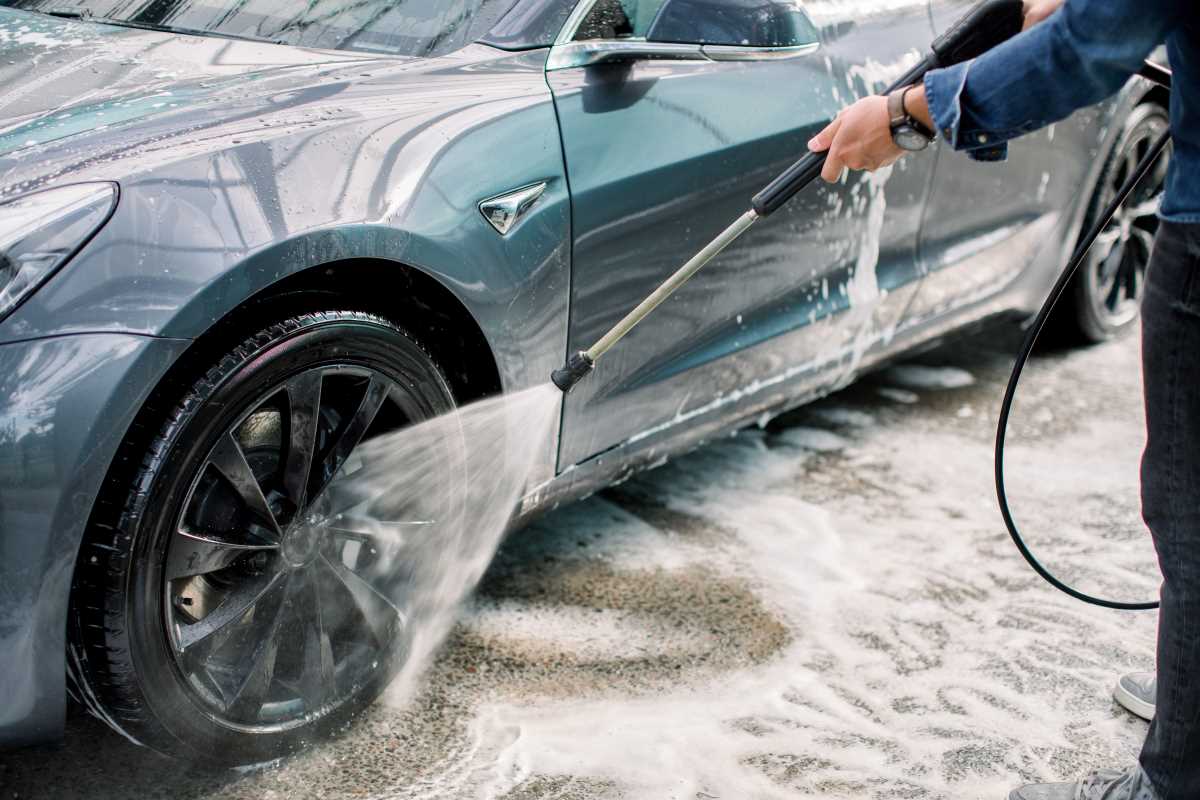 (Image via
(Image via